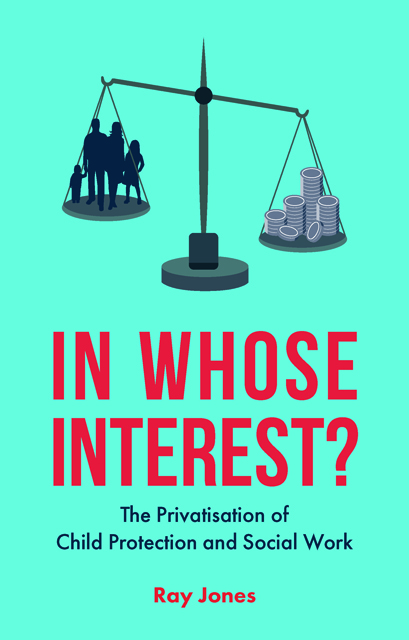five - Thatcher’s levers and mechanisms to promote marketisation and privatisation
Published online by Cambridge University Press: 14 April 2023
Summary
A number of levers were pulled by the Thatcher government to generate the changes needed to open up public services to a competitive commercial marketplace, and these will be examined in turn in this chapter. First, there was the creation of a purchaser–provider separation within services as an initial step on the way to the fragmentation and carving up of services.
The purchaser–provider separation
The person who pulled this lever within the National Health Service and within adult social care was Sir Roy Griffiths. It might not be a surprise that his recommendations for the NHS and for social care within two government-commissioned reports were to create internal markets en route to the opening up of external markets for these services. Why no surprise? Well, Griffiths had been the managing director of Sainsbury’s supermarkets with a background in retail and supply chains for groceries.
Along with the creation of a market culture, primacy was to be given to managers, who would be the new breed to drive the market processes – in effect, the next iteration moving on from the Poor Law administrators of the pre-1940s and the welfare state professionals post-1940s. This became called ‘managerialism’ within public services (overtaken in the 2000s by rise of the accountants who came to dominate within the increasingly privatised former public services).
For the NHS:
The outcome was a reorganisation that separated the ‘purchaser’ from the ‘provider’ within the NHS’s new ‘internal market’. The main ‘purchasers’ were the GP practices, which were allocated budgets that they used to ‘buy’ hospital care. The hospitals became self-governing trusts, selling their services to GP practices and other primary care organisations. There was a veritable explosion in the number and the pay of NHS managers, as every trust needed its separate accounts department, personnel department, and so on. In five years, from 1985-1990, the cost of administering the NHS rose, after inflation had been taken into account, by 23 per cent.
Even GPs as ‘purchasers’ of health care were to be in competition with each other:
The aim was plainly to stimulate competition for patients amongst GPs, getting them to enter something more like a market in which patients have more choice and GPs would have to be more responsive.
- Type
- Chapter
- Information
- In Whose Interest?The Privatisation of Child Protection and Social Work, pp. 117 - 136Publisher: Bristol University PressPrint publication year: 2018

